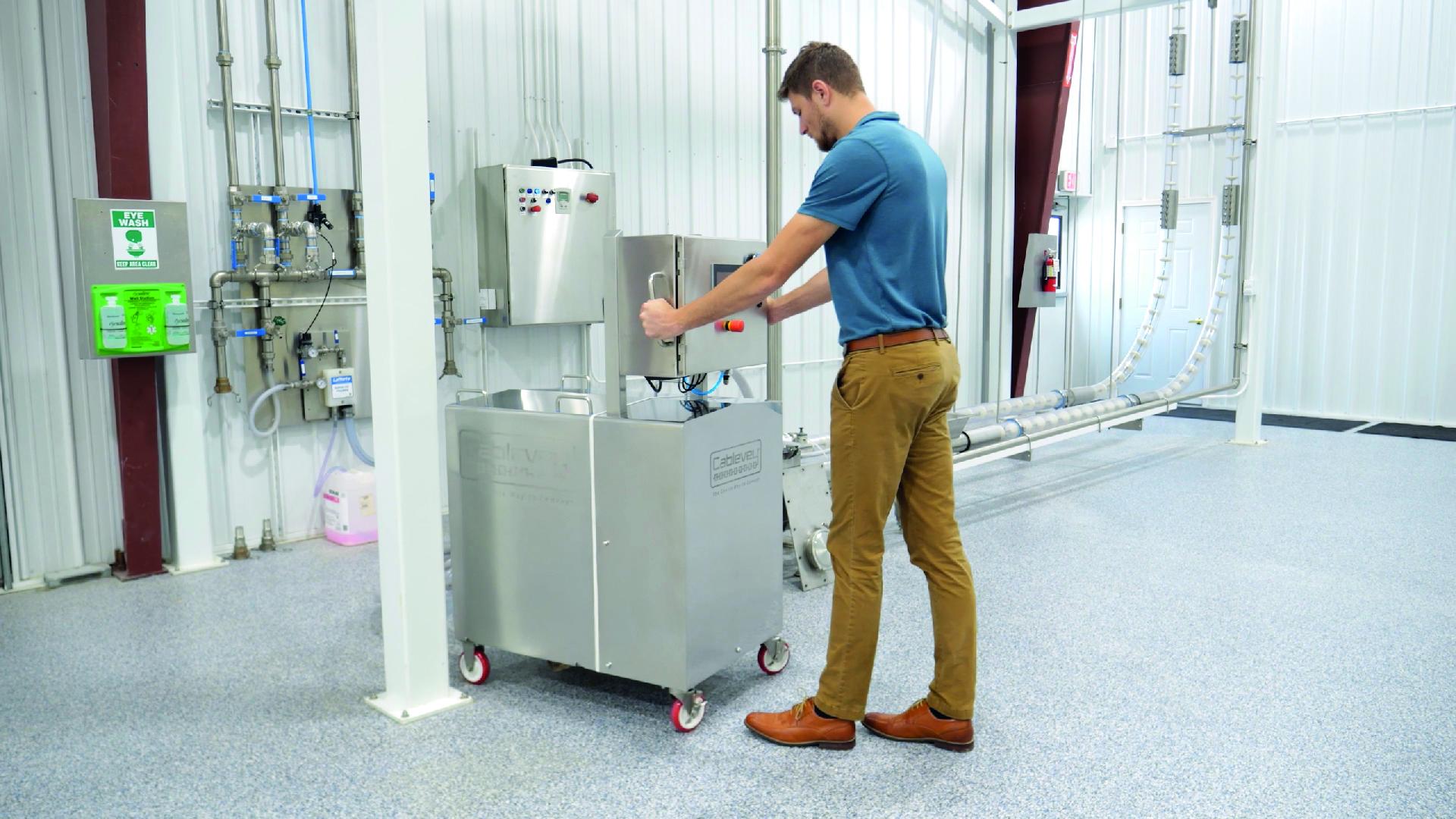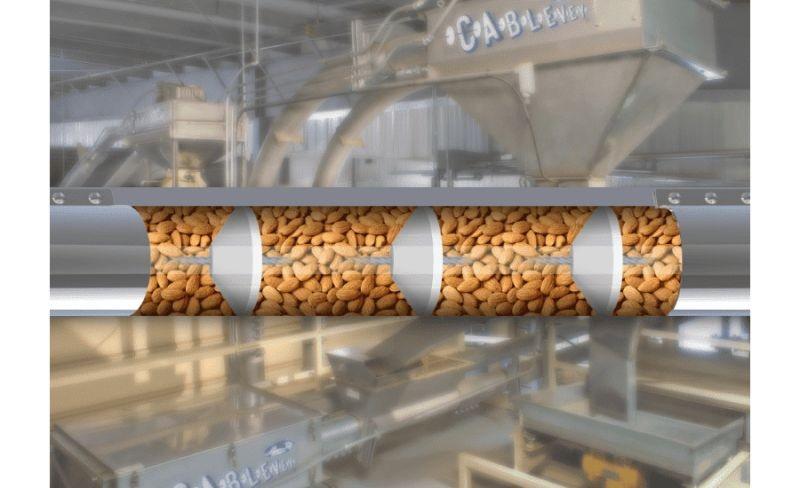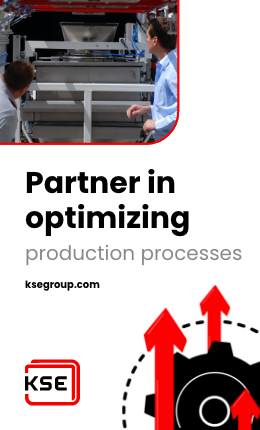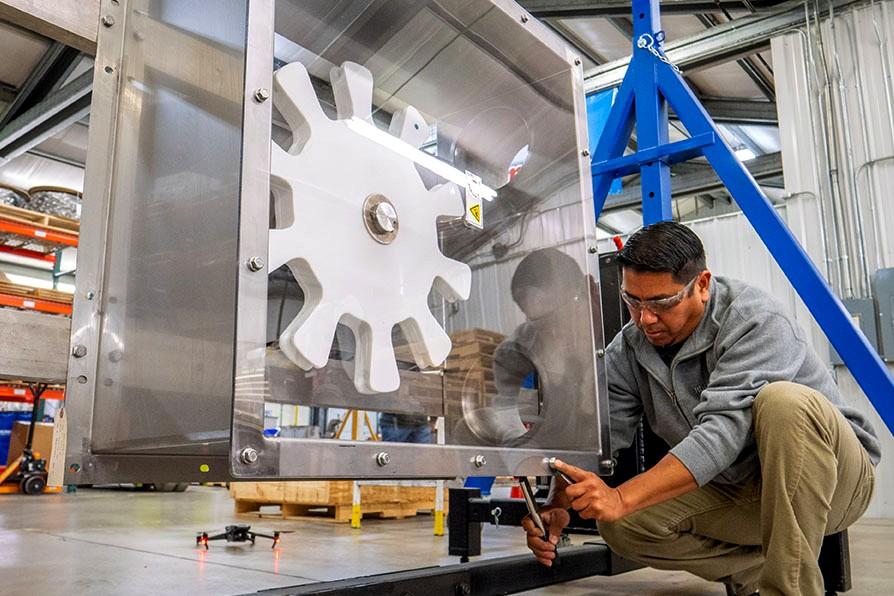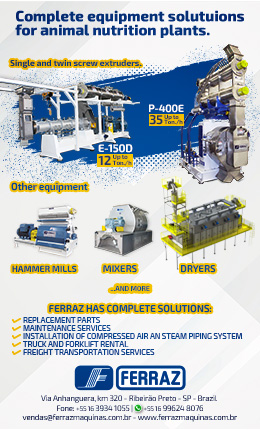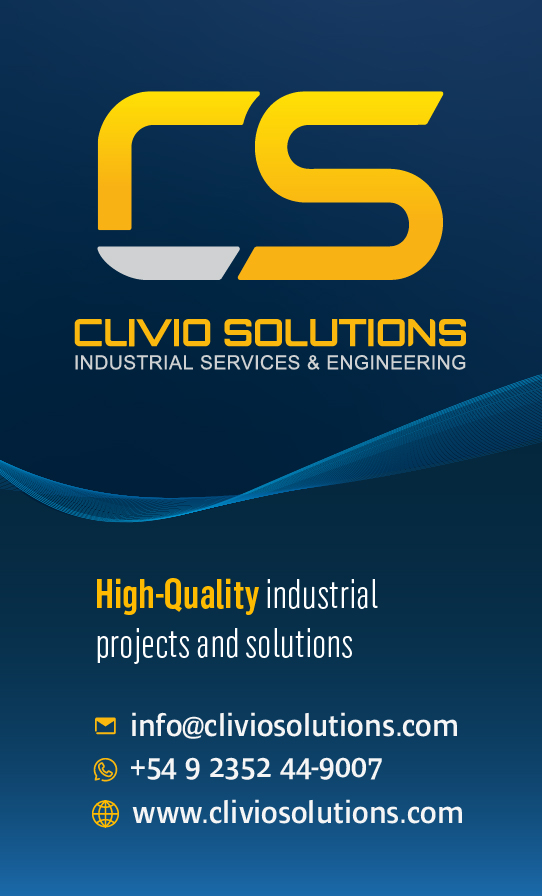To promote food safety and sanitary compliance, pet food manufacturers are increasingly seeking the ability to clean-in-place (CIP), an automated method of cleaning the interior surfaces of tubular drag conveyors without disassembly. Now, with the advent of mobile tools like an innovative 'smart cart' that quick-connects to any tubular conveyor and enables simple, customizable 'single button cleaning recipes,' CIP is becoming easier, faster, less labor-intensive, more repeatable, and almost fully automated.
Tubular drag conveyor systems gently move product through a sealed, enclosed tube using a drag cable and circular discs pulled through on a loop, so they are ideal for delicate items. Designed to handle a variety of different forms and sizes, from kibble to seeds or pellets and nutrients, tubular conveyors maintain both quality and proper proportions.
In a wet CIP process, the system is flooded with water, flushed, rinsed, cleansed, and thoroughly sanitized. Although the process is very effective, streamlining its automation and simplifying the process for all a facility's tubular drag conveyors has been a priority for leading innovators in the industry.
'The standard system required port hookups to water lines and installing piping. The processor also had to make decisions, such as which water temperatures to utilize, or whether to use a cleaning solvent - and the correct amount to add manually,' says John Adair, Engineering and Quality Director for Cablevey Conveyors, an Oskaloosa, Iowa-based conveyor manufacturer that has designed, engineered, and serviced enclosed cable and disc tube conveyors for 50 years, and is in more than 65 countries.
To simplify the wet cleaning process, Adair and his engineering team at Cablevey have developed a small, mobile 'smart cart' with integrated water line hookups that a single technician can easily take to any tubular drag conveyor in a facility. The cart is specifically designed to be a fraction of the size of similar carts on the market to facilitate mobility. When the cart is in position and connected to water lines, the CIP process is automated and controlled by a programmable logic controller (PLC) that reduces the need for manual labor and virtually eliminates the risk of improper cleaning.
'Once it is set up, all you do is press a button, and it will bring in the required amount of water at the correct temperature with the necessary amount of solvent for cleaning,' says Adair.
The smart cart is designed to store and utilize pre-programmed CIP recipes to flush various residual materials from the tubular drag cable conveyors in a facility before new production runs. The cleaning recipes enable even those with very little training to use the cart, which is helpful in today's tight labor market and allows the technician to move on to other tasks once the cleaning process begins.
The use of easily executable recipes ensures a superior, repeatable clean that essentially 'error-proofs' the process. This is particularly important when the technician may be new or less familiar with the production equipment.
'Depending on the product conveyed, sometimes all you need is a wet rinse or a specific cleaning solvent. All that information is saved, so after the first cleaning, it can be automatically repeated. Just push a button to start the appropriate recipe, whether you have one conveyor running multiple products or dozens of conveyors running various products,' says Adair.
To meet strict compliance standards, the smart cart also documents all critical CIP information, such as water volume and temperature, chemicals used, and cleaning time by date, in an easily retrievable data log.
Since decreasing production downtime between conveyor cleanings is a priority for pet food manufacturers, Cablevey provides new capabilities with the cart that expedites the CIP process.
Currently, the CIP process floods the tubular conveyor system but is not designed to clean the discs specifically. 'Operators would manually clean each disc and advance the system disc by disc when the discs had to be cleaned of particularly viscous substances,' says Adair.
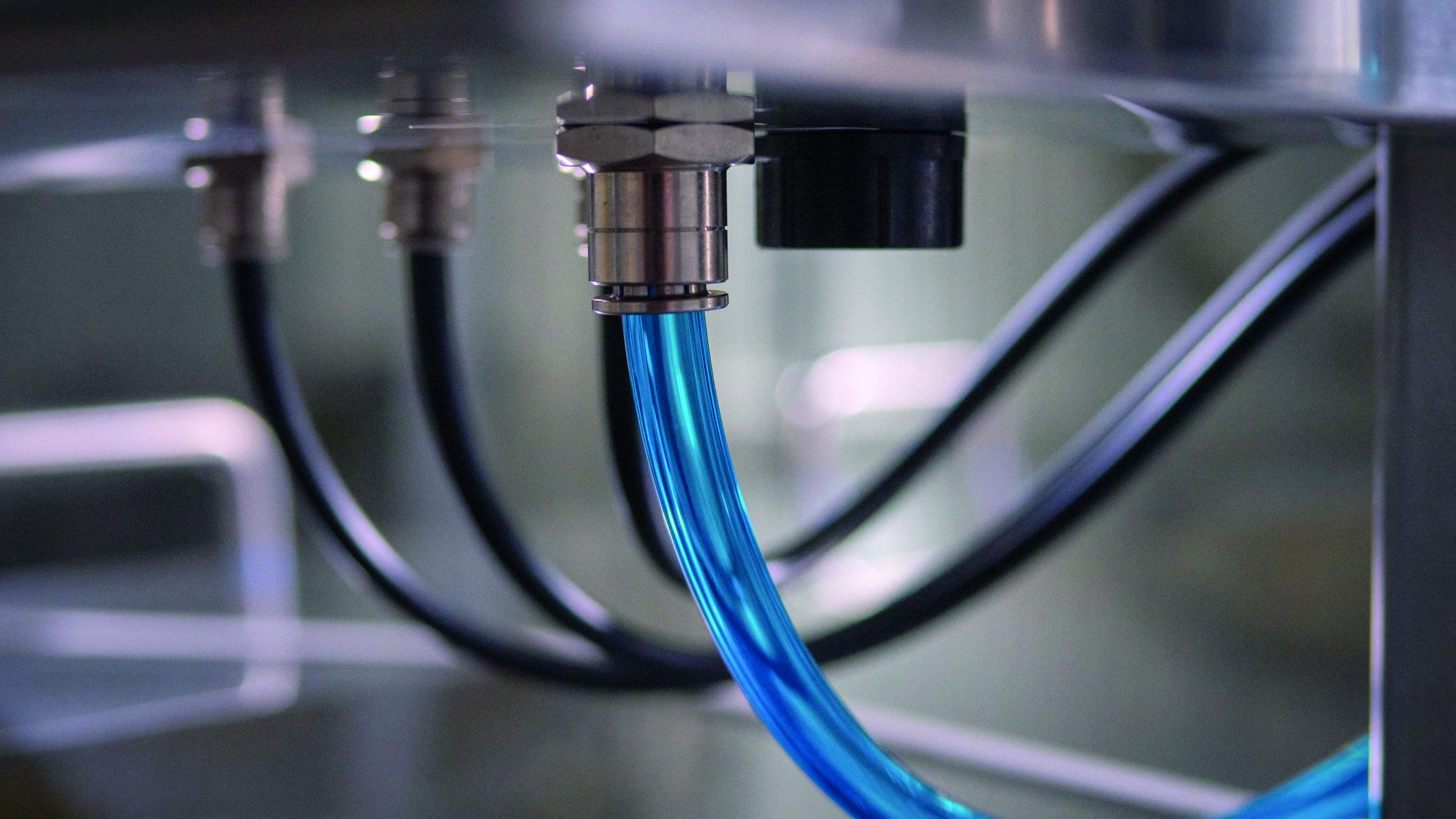
Once it is set up, all you do is press a button and it will bring in the required amount of water at the correct temperature with the necessary amount of solvent for cleaning.
Now, as an option on the cart, a disc washer can be integrated with the conveyor turnaround to spray a pressurized cleansing solution on the discs. This helps to remove stickier substances that could remain after routine CIP cleaning.
'The disc washer sprays high-pressure water directly on the discs, so it acts like an automatic car wash. At the push of a button, the discs and cable are run through, and spray cleaned, which reduces CIP time and eliminates the need to manually clean the discs,' says Adair.
To further reduce downtime, Cablevey also offers a new sanitary blower option.
'After the wet CIP process, a sanitary blower attachment on the smart cart can dry the discs and other parts of the system 75% faster than typical air drying,' says Adair. He points out that the faster the conveyor is cleaned and dried after a product change, the sooner it can be put back into service, which improves profitability.
According to Adair, Cablevey's Mobile Smart Cart was already available since it was officially unveiled at Pack Expo, a premier packaging and processing show held at the Las Vegas Convention Center in September. The event featured full-scale setups of machinery in action.
The company also offered traveling demo smart cars to customers in September for free so clients could test drive the units. Pet food manufacturers can now purchase the demonstration unit used in their facilities, with hands-on training available immediately.
While the pet food manufacturing industry is aware that automated CIP can improve conveyor system production uptime, barriers to implementation have slowed adoption. Utilizing a mobile smart cart with integrated water hookups will help manufacturers easily implement CIP in tubular drag conveyors throughout their facilities: expediting conveyor cleaning, production changeover, and sanitary compliance.
By: Del Williams - Technical writer based in Torrance - California
Source: All Pet Food Magazine
You could be interested: New German test facility allows processors to try solutions before they buy










